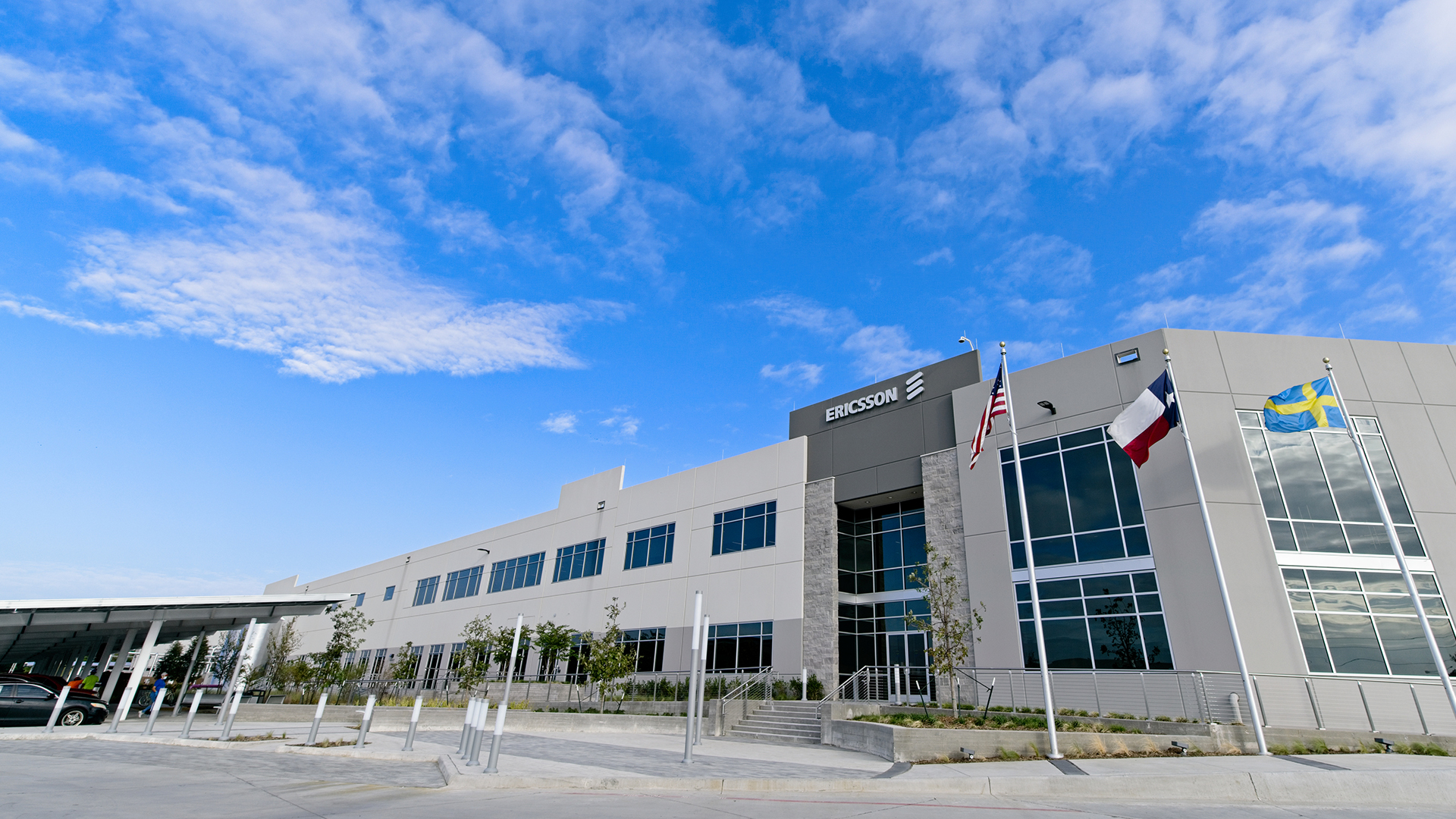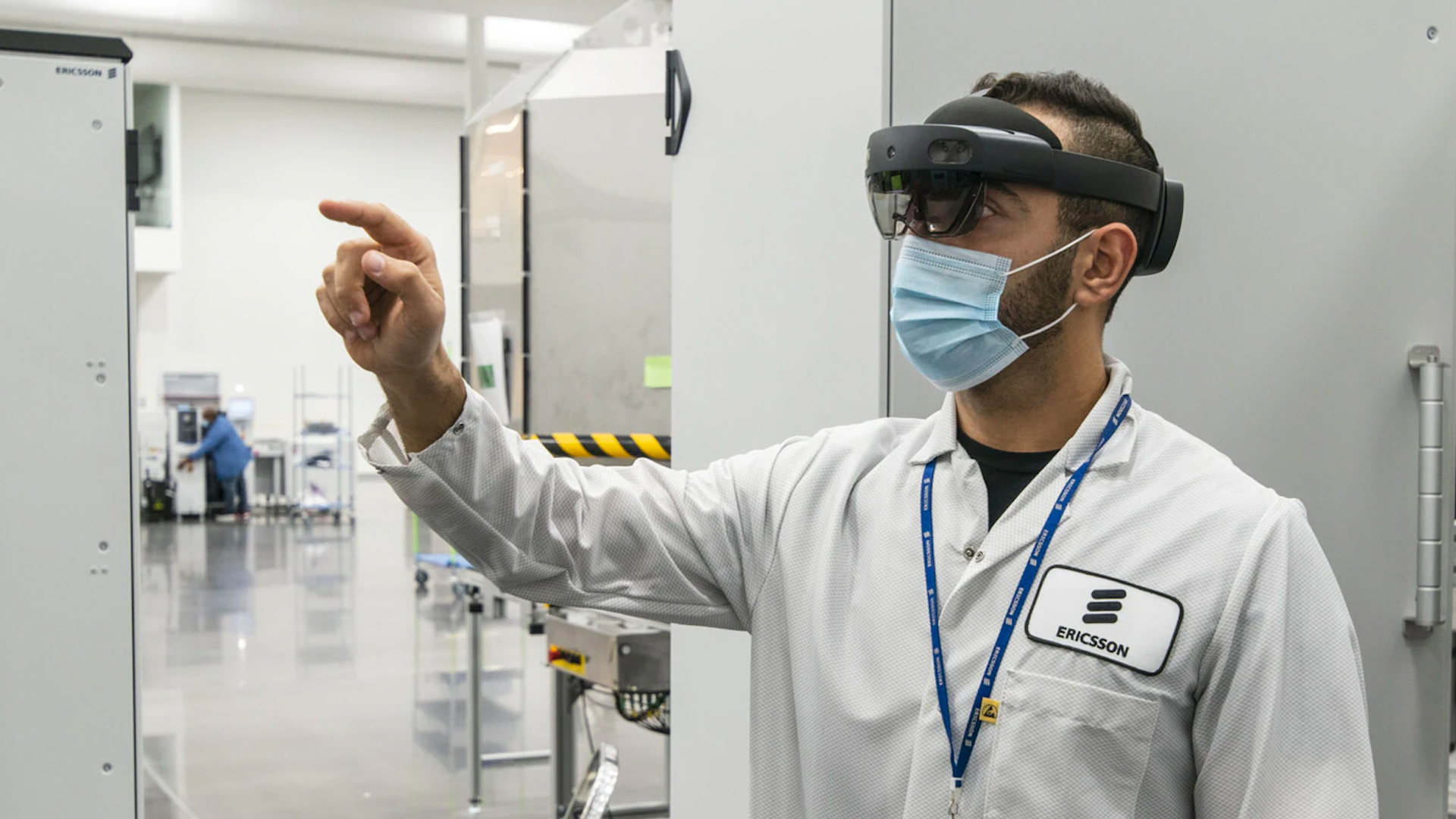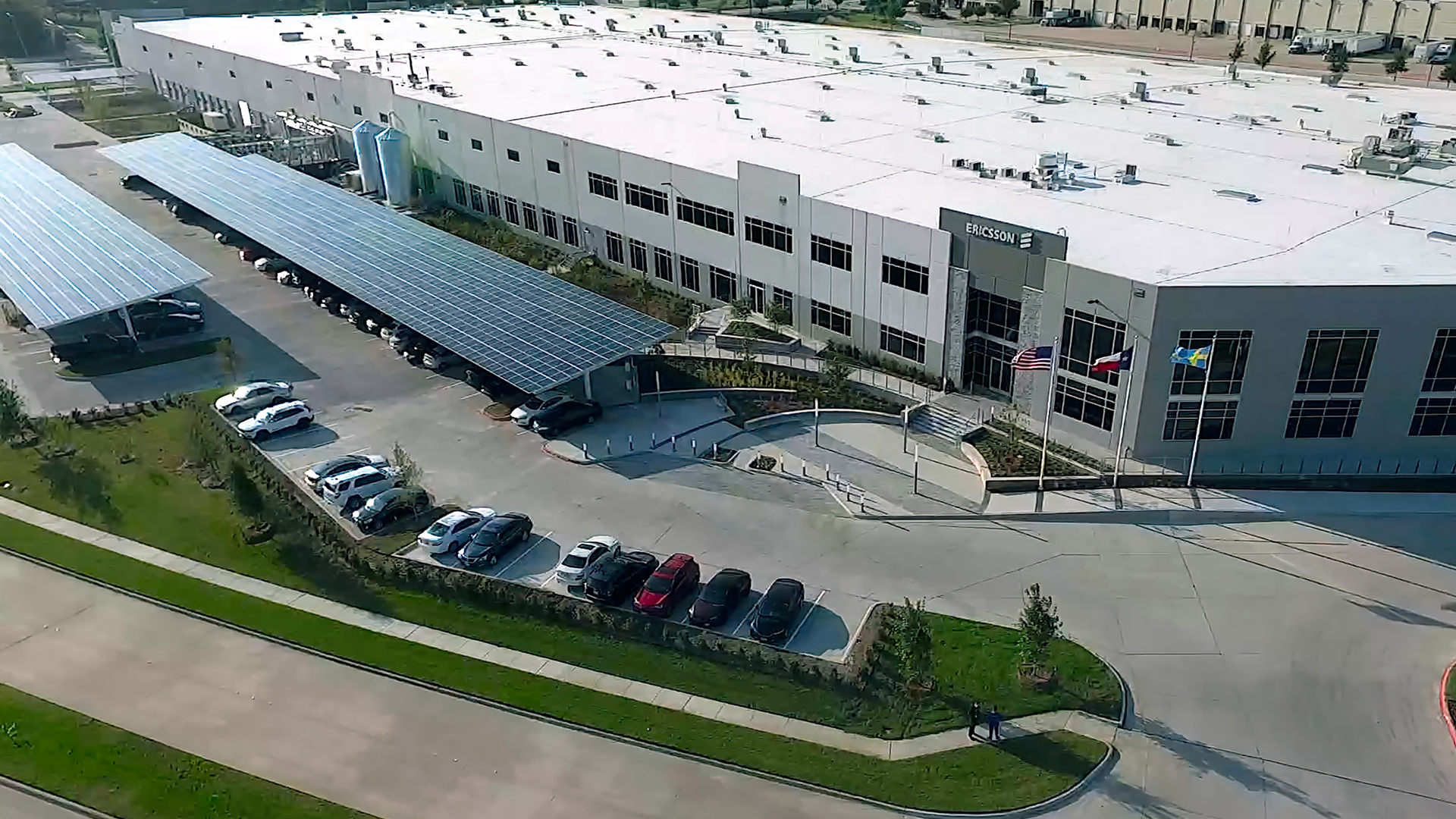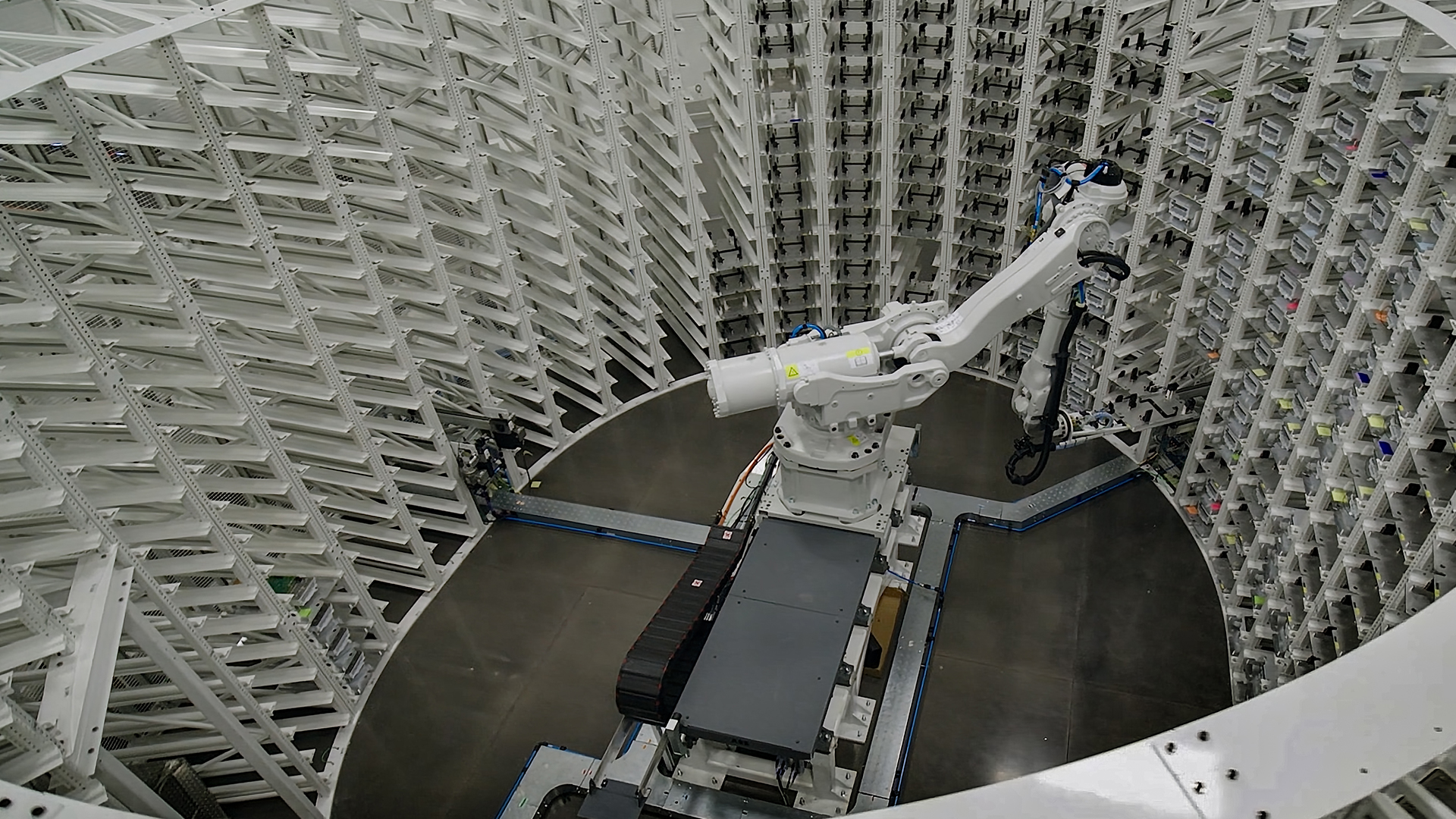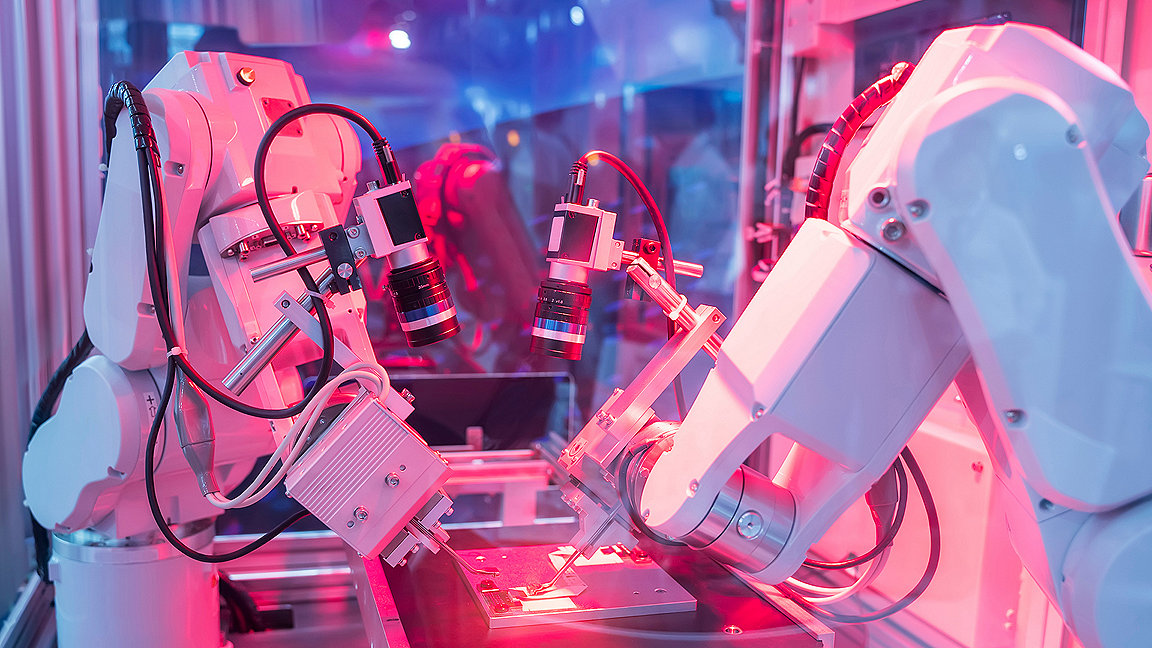
We are at the beginning of a fourth industrial revolution, the World Economic Forum has declared. Its three predecessors were driven by steam, electricity and computers. Now ‘Industry 4.0’ or ‘4IR’ heralds the introduction of ‘cyber-physical systems’ which merge the capabilities of both humans and machines.
In manufacturing, that transformation has been expressed through the creation of the first smart factories. In March the World Economic Forum’s (WEF) designation of Ericsson’s USA 5G Smart Factory as a ‘Global Lighthouse’ exemplar project for 4IR technology was an endorsement of the facility’s position at the forefront of the new wave.
Located in Lewisville, Texas, the telecommunications company’s $100m facility produces 5G and advanced antenna system radios to boost network capacity. The factory is powered entirely by renewable energy, and when compared to a similar site without its automation and 4IR features it has created 120% improved output per employee, while reducing energy consumption by 24% and indoor water usage by 75%.
Smart factories achieve productivity gains by moving from traditional automation to a connected and flexible system, using data from physical, operational and human assets to make the factory more proactive, predictive and responsive. This enables the manufacturer to optimise production, avoiding bottlenecks and operational downtime, while using resources more efficiently.
All the USA 5G smart factory’s systems are connected. An industrial internet of things (IoT) architecture overlays multiple automated systems, including the 200 robots that work alongside its 300-strong human staff. Data is the fuel for 4IR technology: “You can get data seamlessly from all the steps of the operation. On top of that we can build machine learning, AI models and advanced analytics,” says Erik Simonsson, Ericsson’s head of Industry 4.0, who led the project. “Sensors help us to understand what is happening in production and enable us to be much quicker in taking data-driven, and over time also machine-driven decisions, to improve our operations. You make a digital copy of your process and with that you can run simulations, and also go back in time and rewind to see what happened in a certain process so that you can improve.”
Many industrialists regard 4IR technology as crucial to future profitability. A 2019 survey by consultant Deloitte showed that 86% of manufacturers believed smart factories will be the main driver of competition by 2025. Although only 5% reported that they had already converted one or more factories to ‘smart’ status, while 30% percent were implementing smart factory initiatives.
Lighthouse designation is important because it opens a door to collaboration with a network of other companies at the forefront of advanced technologies. “We can see what great looks like, how do we compare and how do we share? Industry 4.0 is an ongoing journey,” says Simonsson.
In September the project gained a further WEF Global Lighthouse recognition for sustainability. The hot, dry Texan climate was the greatest challenge facing the factory’s designers, who responded by using the 28,000m2 roof to gather rainwater, while placing solar panels in the car park. Ice is produced and stored during the night, when electricity is cheap, then used to cool the factory during the day, so less power is needed at peak times.
Ericsson regards 4IR as crucial to decarbonisation. The company is a partner in the Exponential Roadmap, which outlines what is needed in each sector to halve greenhouse gas emissions by 2030. The roadmap shows that while the digital sector has only a 1.4% global carbon footprint, it has the potential to enable a 15% global greenhouse gas reduction in sectors such as energy, industry and transport.
While the Texas factory was a greenfield development (developing a system for a completely new environment), smart factory technology can be implemented in existing industrial buildings too. “We had it a bit easier in this factory since we could design everything from ground up,” says Simonsson. “But there are a lot of solutions that you can retrofit into your existing infrastructure. You can put sensors on existing machines and you can build IoT platforms on top.
“We are doing that in our other factories in Brazil, China and Estonia. Some of the building design can be a challenge, but with an existing factory you also get a bit of stability in processes, so it is easier to identify where you can make improvements.”
He recounts how, when Ericsson embarked on the scheme, his team looked at other lighthouse projects and concluded that organisational agility would be a crucial ingredient of success. That lesson was reinforced by experience: “Sometimes, when you are at the cutting edge of technology you do fail, but if you fail, you pivot fast, and try another track.”
For more must-read Modus articles, sign up for the newsletter.
“Sometimes, when you are at the cutting edge of technology you do fail, but if you fail, you pivot fast, and try another track” Erik Simonsson, Ericsson’s head of Industry 4.0

